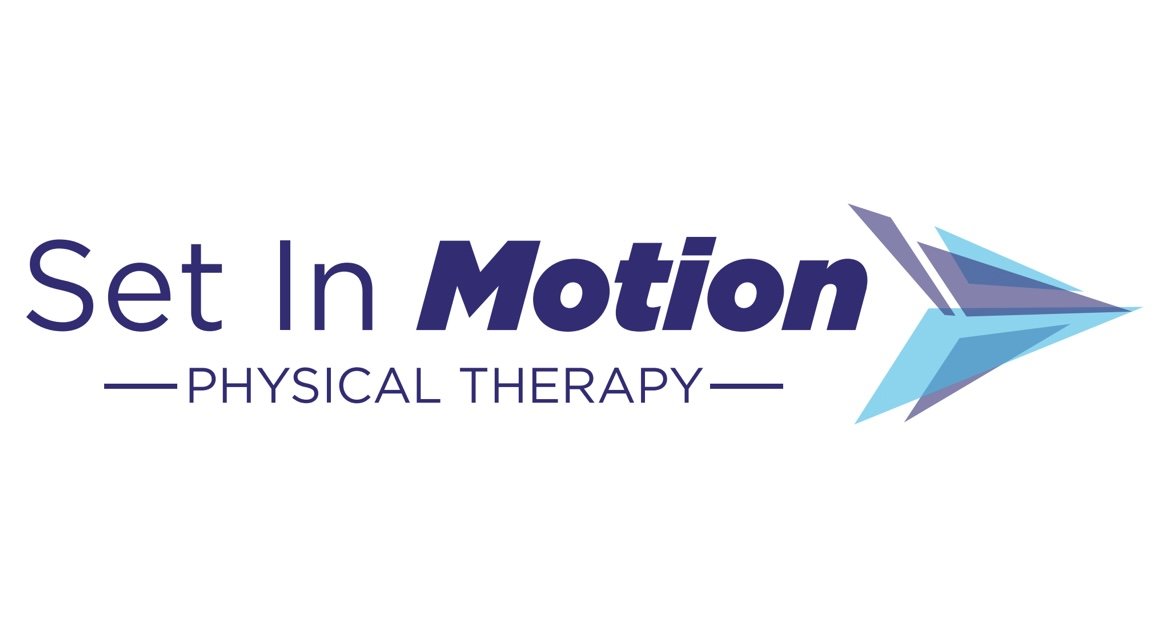Shoes for New Walkers
Are you overwhelmed by the options when choosing the right shoe for your newly walking child?
Let’s talk about it!
Children’s feet are mostly cartilage when born and the structure of the foot is not fully formed until around 2 years of age and will continue to develop until late teens. I usually suggest that children should begin wearing shoes when they are walking independently for most of their mobility outside of the home. Children may still play barefoot when in a safe, indoor environment.
Stair Climbing
Stair climbing is a challenging milestone that will begin with your child crawling up a few stairs around 1 year and eventually developing into navigating up and down stairs with one foot on each stair (reciprocal pattern) at age 4-5.
Animal Walk Exercises
Have some fun with your children while performing strengthening, balance, and coordination exercises. Enjoy the free download to share with your children for a great visual aid.
Balance Activities for New Walkers
Has your child started walking? Read more to learn some fun at home activities to improve their balance.
Fun with Squigz!
Have you heard of squigz? They are one of my favorite toys as a pediatric physical therapist. Read more to learn about some of the fun activities we’ve tried that you can incorporate into your child’s play.
When Should My Baby Start Standing?
Babies will typically begin pulling themselves to stand between 9-12 months or even earlier and begin standing independently around 12+ months. Read more for tips on how to get your baby standing.
Ready to Roll?
Rolling is an important motor milestone that helps develop neck, back, abdominal, and hip muscles. Is your baby having trouble rolling on their own? Read more to learn some tips to help get your baby moving.
How Important is Crawling?
How important is crawling? Does your child really need to learn to crawl? Read more about the wonderful benefits of crawling and how it can help your child advance their motor skills.
Helping Your Baby Sit Independently
Sitting is a progressive motor milestone that will transition from sitting with support of parent to sitting independently and maintaining balance while playing. Read more to learn activities to help your baby at every stage.
8 Indoor Ball Games
Let’s continue our indoor play learning series. This time we are playing indoor ball games. Read more for some fun games to play with your kiddos.
Indoor Obstacle Courses
Are your kids still bored inside because of the cold? Keep reading to find some fun indoor activities to create an entertaining obstacle course
Indoor Games for Kids…with Tape!
As a PT, I’ve learned the endless possibilities of playing with tape. It may sound boring but kids love all of the imaginative ideas and clean up is a piece of cake. Read more to learn some fun indoor games to play when it’s too cold outside.
Back to Sleep and Tummy to Play!
Daily tummy time is important for your child’s growth and development. Read more to learn why and how you should engage in tummy time with your baby.
Let’s Talk About Torticollis
Torticollis is a common development in infants. Read more to understand what torticollis is and what physical therapy can do to help if your child is showing signs.













